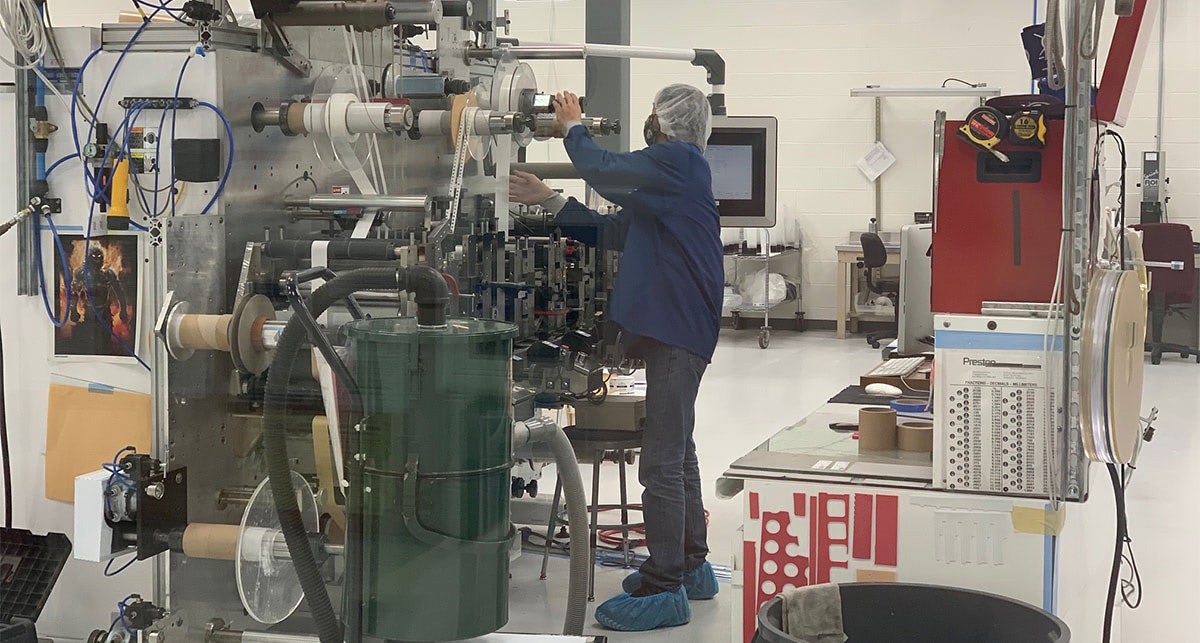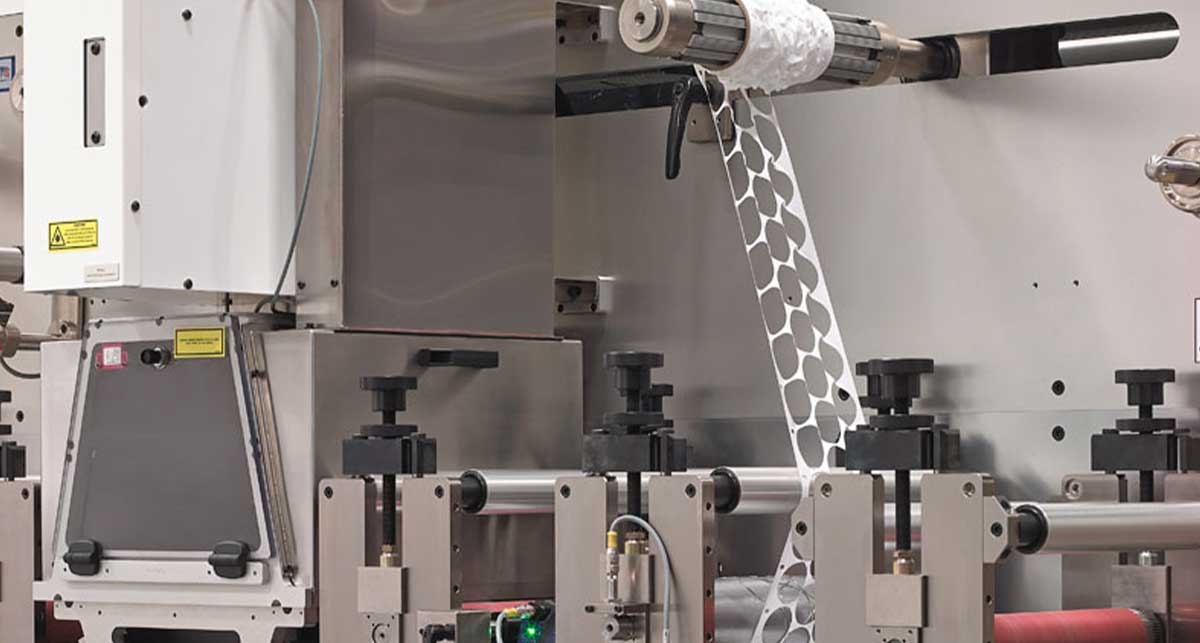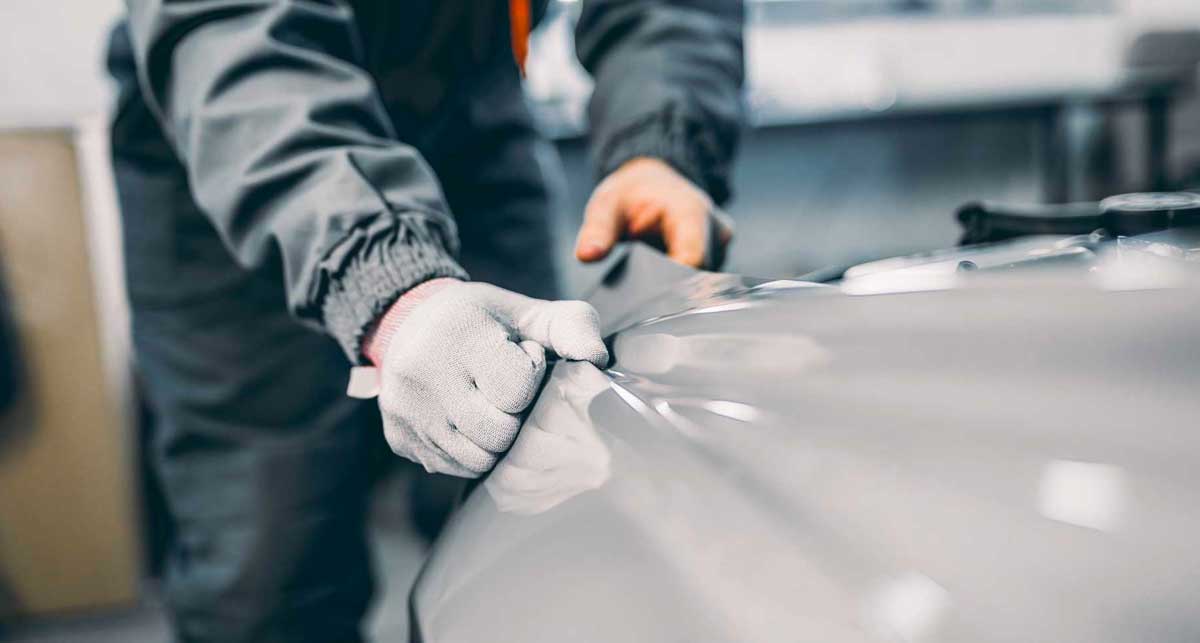What are the safety and quality requirements for building medical devices?
As you may already know, building medical products involves following specific guidelines to ensure manufacturers create parts that meet user safety standards.
For example, our company, Strouse, is officially “ISO 13485-registered for the contract manufacture of non-sterile pressure-sensitive adhesive products for the medical device industry,” as proven by our handy registration certificate! Therefore, we understand what it takes to meet the official standards.
If you’re wondering what ISO 13485 means and how to find more qualified companies, keep reading as we explain it in more detail.
What Does it Mean to Be an ISO 13485 Certified Company?
While an ISO 13485 “certification” doesn’t technically exist, companies may achieve this medical device QMS approval by hiring an official registrar to inspect their work.
ISO 13485-compliant companies have Quality Management Systems (QMS) structured to meet internationally approved medical device manufacturing practices.
ISO 13485 vs. 9001
If you’re familiar with ISO 9001, you may know it’s the backbone of the 13485 standards. ISO 9001 can be described as a broader version of general quality standards that offers more brand or organizational discretion.
ISO 13485 requires more procedures than 9001 and focuses more on risk management for medical device manufacturing. It’s specifically tailored to medical device regulatory and safety requirements.
HIGH QUALITY STANDARDS
As of now, ISO 13485:2016 (the most recent version) clearly defines device classification based on its medical purpose, verifies the thoroughness of an organization’s QMS, and ensures that the management responsibility continues to cover the QMS with proper documentation while seeking areas for improvement.
It also aims to ensure that the necessary parties fully approve each step, from purchasing a medical device to making design changes.
GLOBALLY RECOGNIZED
According to ISO themselves, ISO 13485 is “the internationally recognized standard for quality management systems in the design and manufacture of medical devices.” Achieving this QMS global standard can help facilitate market access on a wider scale.
Why Seek Out an ISO 13485 Compliant Company?
Benefits:
- Improved risk management
- Increased overall safety and efficiency
- Entry into global markets
- Organizations meet strict regulatory requirements
- Builds trust with stakeholders
A properly structured QMS that meets ISO 13485 medical device standards provides additional reassurance that your manufacturer follows safe, proven practices.
ISO 13485 engineering takes place in a safe work environment and meets the requirements and quality standards of a reputable medical device company.
Finding the Right ISO-Certified Manufacturer
The right ISO-certified manufacturer will consistently fulfill your manufacturing and quality requirements and offer ample support throughout the product development process.
While there currently is not a comprehensive list of all ISO-compliant manufacturers, you can be sure that most manufacturers who are will proudly list it on their website. For instance, Strouse attaches most of our safety and compliance documentation on our About page.
If you want to work with a QMS registered to ISO 13485, consider getting a quote today. Our experts can guide you through the process, from optimizing your product design to shipping it efficiently.
For more information about our medical converting solutions, check out the additional resources we have to offer.
%20(1)-min%20(1).png?width=290&name=Untitled%20(52)%20(1)-min%20(1).png)






